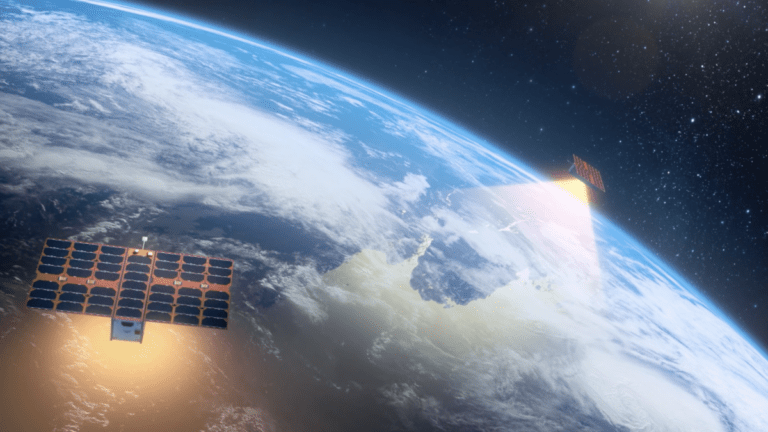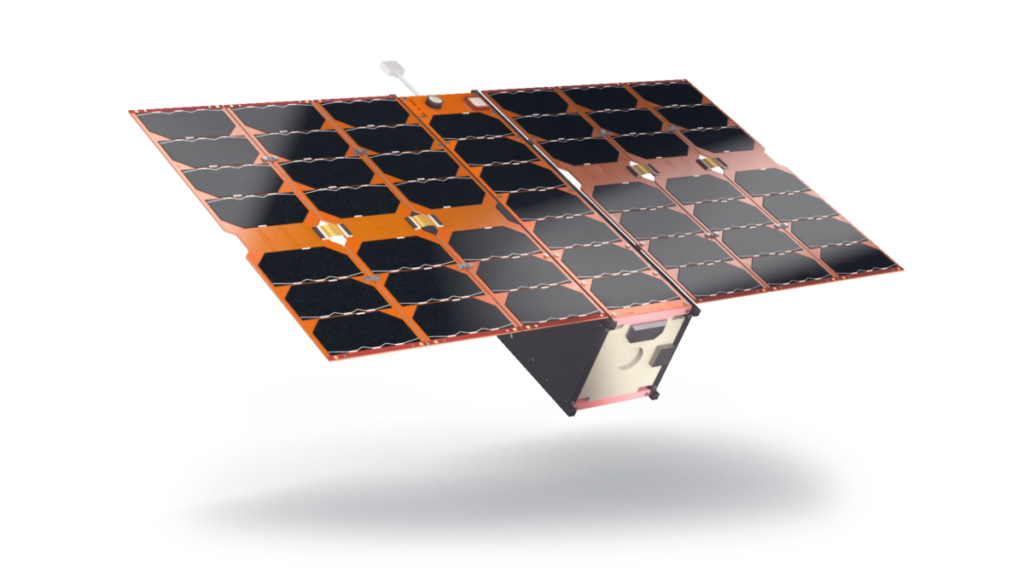How Satellite IoT Empowers Blended Connectivity

While cellular connectivity currently covers around 90 percent of the world’s population, this only accounts for around 15% of the planet’s surface. The good news is that, for most IoT applications, terrestrial connectivity solutions (like cellular or LPWAN) should be more than enough to provide secure, reliable connections.
Yet as the scope and scale of IoT projects continue to evolve, the connectivity needs of many organizations have grown beyond the capabilities of any single connectivity technology. Having devices lose connection is a major concern for modern IoT applications, and ensuring persistent uptime should be a top priority if your M2M devices and sensors cannot rely on a solid cellular connection 100% of the time.
Whether tracking assets as they cross the ocean, monitoring remote agriculture installations, or improving the efficiency of renewable energy management, traditional connectivity solutions may sometimes be unable to support complex deployments at scale. This is why so many organizations have embraced blended connectivity solutions that incorporate multiple connective technologies to provide more cohesive support for devices afield.
This is where Satellite IoT (SatIoT) comes in. This relatively new, yet increasingly accessible connectivity solution is emerging as the ultimate stopgap for blended networks that face logistical challenges from remote or otherwise unsupported regions of the world. With more than 15.7 million SatIoT connections projected by the year 2025, it’s clear that this connectivity solution will be a big part of many IoT networks in the coming years.
Let’s take a look at Satellite IoT.

Why Satellite IoT?
Satellite IoT connectivity has the potential to provide a deployment with truly global coverage. More traditional connectivity solutions are reliant upon proximity to infrastructure (towers, relay points, etc) that can be expensive. This is why cellular, WiFi, and other more prominent connectivity technologies are typically localized around population centers, as creating the necessary infrastructure for, say, 5G connectivity in a remote and uninhabited area is not cost-effective for connectivity providers.
Satellite cuts through many of these logistical challenges by relaying internet signals from orbiting satellites directly to receivers on the earth below. Recent years have seen the emergence of non-geosynchronous-orbit communications constellations, which involve multiple medium- and Low-Earth-Orbit (LEO) satellites, which could allow for high-speed internet connectivity at a lower latency than previous technologies, and with higher bandwidth.
- Seaside-Area Remote Monitoring
- Smart Agriculture
- Asset Tracking
- Maritime Shipping
- Renewable Energy Installations
Best of all, recent investments in the technologies behind SatIoT suggest that it will only get stronger, and more reliable in the coming years. The EU, for example, is in the midst of a €6 billion push toward an LEO satellite system to help expand internet access across the continent. Given similar endeavors from privately held companies throughout the world, it’s clear that satellite IoT is expected to continue its upward trajectory in the years to come.
“Satellite IoT is a long-term trend. There is so much opportunity to deploy IoT devices away from areas of population, away from terrestrial cellular infrastructure: satellite connectivity will be a compelling solution for organizations deploying devices in remote areas.”
Kenta Yasukawa, CTO, Soracom

Soracom Partners with Astrocast to Add SatIoT to our Connectivity Options
In our continued effort to be the ultimate IoT connectivity provider, Soracom sought out a SatIoT partner that could connect our customers securely while also providing them with the best value. In Astrocast, we found a partner that shares our vision of a more connected world and seeks to bring advanced IoT to every corner of the globe through comprehensive – and easily embedded – Satellite IoT.
As an industry leader in the SatIoT sector, Astrocast brings not only a powerful technology to this partnership but a customer-centric mindset that makes the inclusion of their SatIoT capabilities into the Soracom platform a homerun.
Some of the key strengths of the partnership include:
- Global Coverage – on a blended network covering that exists where terrestrial and Satellite IoT meet.
- Cost Efficiency – Between Soracom’s pay-as-you-go pricing model and Astrocast’s eye for cost-effective SatIoT, this is a scalable solution that won’t hurt your company’s bottom line.
- Low-Power Consumption – Astrocast offers a low-power SatIoT solution designed to get the most out of a device’s battery life, increase uptime, and maximize ROI.
- Bidirectional Communication – Two-way communication helps monitor remote assets, something that is essential for many of the use cases ideal for satellite connectivity.
- Seamless Integration – A solution is only as viable as it is usable, and Astrocast’s SatIoT connectivity is supported by a powerful API that ensures an easy integration for users of the Soracom Platform.
How Can Soracom Users Connect to Satellite IoT?
Soracom’s Satellite IoT Messaging service is currently available as a technical preview, with Astrocast providing coverage for our customers operating in Europe and Asia. If you feel as if your organization could benefit from satellite connectivity, and are willing to grow alongside the service as it develops, reach out to our team to discuss how this solution can work for your deployment.
If you’d like to learn more about our partnership with Astrocast, as well as the value of a blended IoT network that includes a SatIoT solution, download this white paper Expanding IoT Deployments with Cost-Effective Satellite IoT.
………………
Got a question for Soracom? Whether you’re an existing customer, interested in learning more about our product and services, or want to learn about our Partner program – we’d love to hear from you



